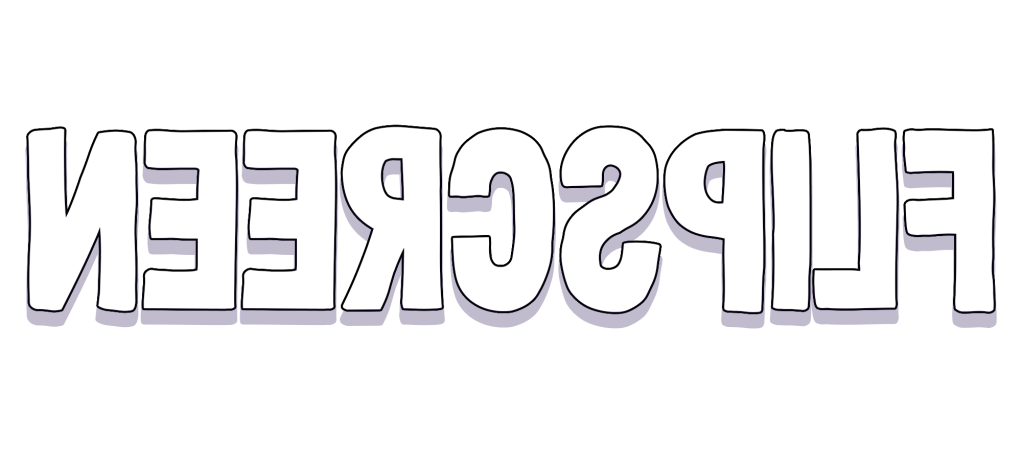I used to actually quite like Quentin Tarantino’s Kill Bill films.
Kill Bill: Vol. 2 I’ve always found unforgivably ponderous and embarrassingly portentous, but not without its moments of excitement. Kill Bill: Vol. 1 used to please me in a trashy way – I admired its ridiculous action and its refusal to behave like a normal film, even if it was always a largely pointless exercise in style. Collectively, Kill Bill (both volumes viewed as one complete work, as its creator apparently intended) came across as the work of a skilled filmmaker having a good chuckle at the notion of making “important” films. Take it or leave it.
But now, after having watched a wider range of films, I’ve changed my mind. Kill Bill is a virtually unwatchable disgrace. It’s a masturbatory act of cinematic defilement. It’s bad for audiences, it’s bad for cinema, and I wish it didn’t exist.
First, let’s rewind nearly fifty years and look at Lady Snowblood. An electrifying 1973 Japanese exploitation movie about a woman, who has suffered at the hands of rape and murder, and is hell-bent on bloody, bloody revenge. Sound familiar? Of course it does – it’s the plot of Kill Bill.
But Tarantino doesn’t just lift the plot. That by itself would be no problem – Sergio Leone borrowed the plot of Akira Kurosawa’s Yojimbo for A Fistful of Dollars and pretty much invented the spaghetti western. Yet all the aspects of Kill Bill: Vol. 1 which used to impress me are stolen from Lady Snowblood and similar films of the era, like many Shaw Brothers productions from Hong Kong (The 36th Chamber of Shaolin, The Eight Diagram Pole Fighter). The crash zooms; the gushes of bright crimson; the operatic battles; that grand, pulpy vision of hot blood splashed on virgin snow…
Kill Bill: Vol. 2 often trades in seventies martial arts for spaghetti westerns, but the basic principle is the same. In the quiet desert landscapes and theatrical showdowns, Tarantino’s style is ripped from Italian productions like Sergio Leone’s legendary Dollars trilogy and Sergio Corbucci’s brittle, brutal body of work (from which he would most obviously steal in Django Unchained).
I know what you’re thinking. “No, it’s not fraudulent, Tarantino is paying homage to these films. He’s doesn’t hide his influences; he acknowledges them and shows respect to his idols.” I say this: Kill Bill is an insult to the films it references. It takes their explosive styles and turns them into jokes. It rides on the daring of old directors, who were often working on the fringes of the industry, and pokes fun at them. There’s no respect here, just an arrogant, gleeful disdain.

The original films were never jokes. There’s nothing amusing in Lady Snowblood’s approach to the twisted backstory of its hero. There’s no irony in the way Leone uses extreme closeups – they’re in earnest, raising tension to unbearable levels. Shaw Brothers productions revelled in outlandish fight scenes, but they always bowed in reverence to the near-mythological status of their stories; an attitude which I doubt could be replicated by a director not steeped in Chinese history and folklore. These films mattered to their makers.
Kill Bill performs a calamitous vanishing act on all the rich subtexts of the films it plunders. For example, the message of righteous rebelliousness in The 36th Chamber of Shaolin is abandoned in Kill Bill: Vol. 2’s copycat training scenes; the struggle for collective freedom is conflated with individual vengeance, which narrows its focus and confuses its spirituality. Even worse, Tarantino fails to realise that Lady Snowblood is largely a critique of western values and culture infiltrating Japan – hence the notion of copying it in a western film is fundamentally flawed. If you’re going to build a film out of other films, you have to understand your source material.
For instance, Ang Lee’s Crouching Tiger, Hidden Dragon takes the magical action of Chinese director King Hu (A Touch of Zen) and applies it to a stirring, romantic tale, resulting one of the finest films of this millennium. Lee’s film works because it takes the spirit, not just the look, of Hu. Lee has taken the time to appreciate the deep religious undertones of his inspirations. Tarantino was too busy pausing his VHS player to zoom in on blood squibs.
Earlier I called Kill Bill “a masturbatory act of cinematic defilement”. “Masturbatory” because it can only lead to empty, transitory pleasure, primarily for its maker. “Cinematic defilement” because, in so masturbating, Tarantino spoils the original works, tearing out their nobility and turning them into a laughing stock. Blithely riffing on these films’ visuals retroactively eviscerates them of their power, which is a tragedy.
But I can reign in my hatred of the Kill Bill films before it consumes me. I’m confident that history will declare their destructive “homaging” a mild embarrassment to mainstream western film culture, as is beginning to happen Gone with the Wind’s overt racism and Breakfast at Tiffany’s cringe-inducing yellowface. History will recognise the greatness of those passionate originals, as well as the insipidity of Tarantino’s juvenile opus.
In short: I can rest easy. In time, the truly great works will come out on top. They always do. Lady Snowblood will, as always, enact her revenge.


Leave a comment